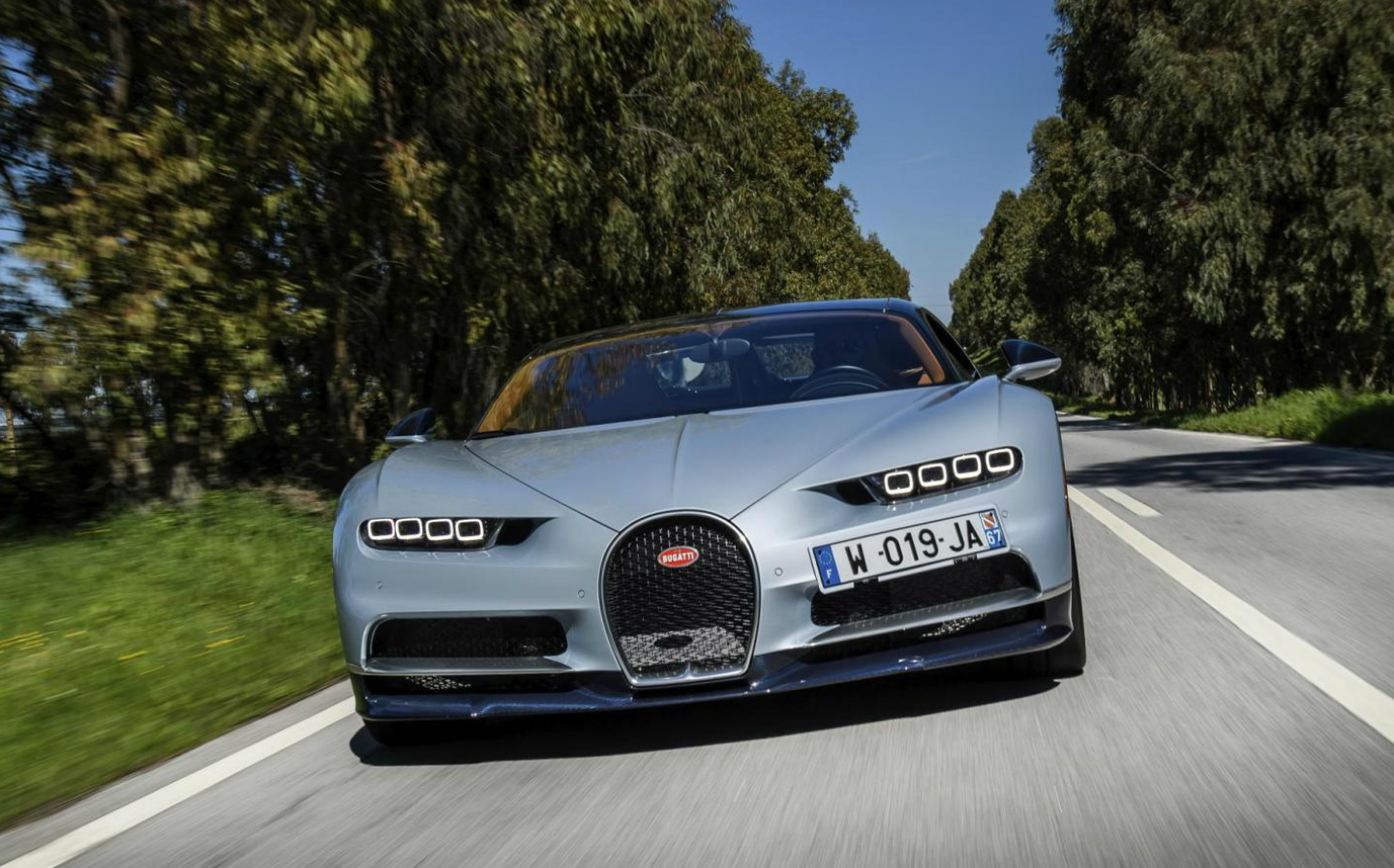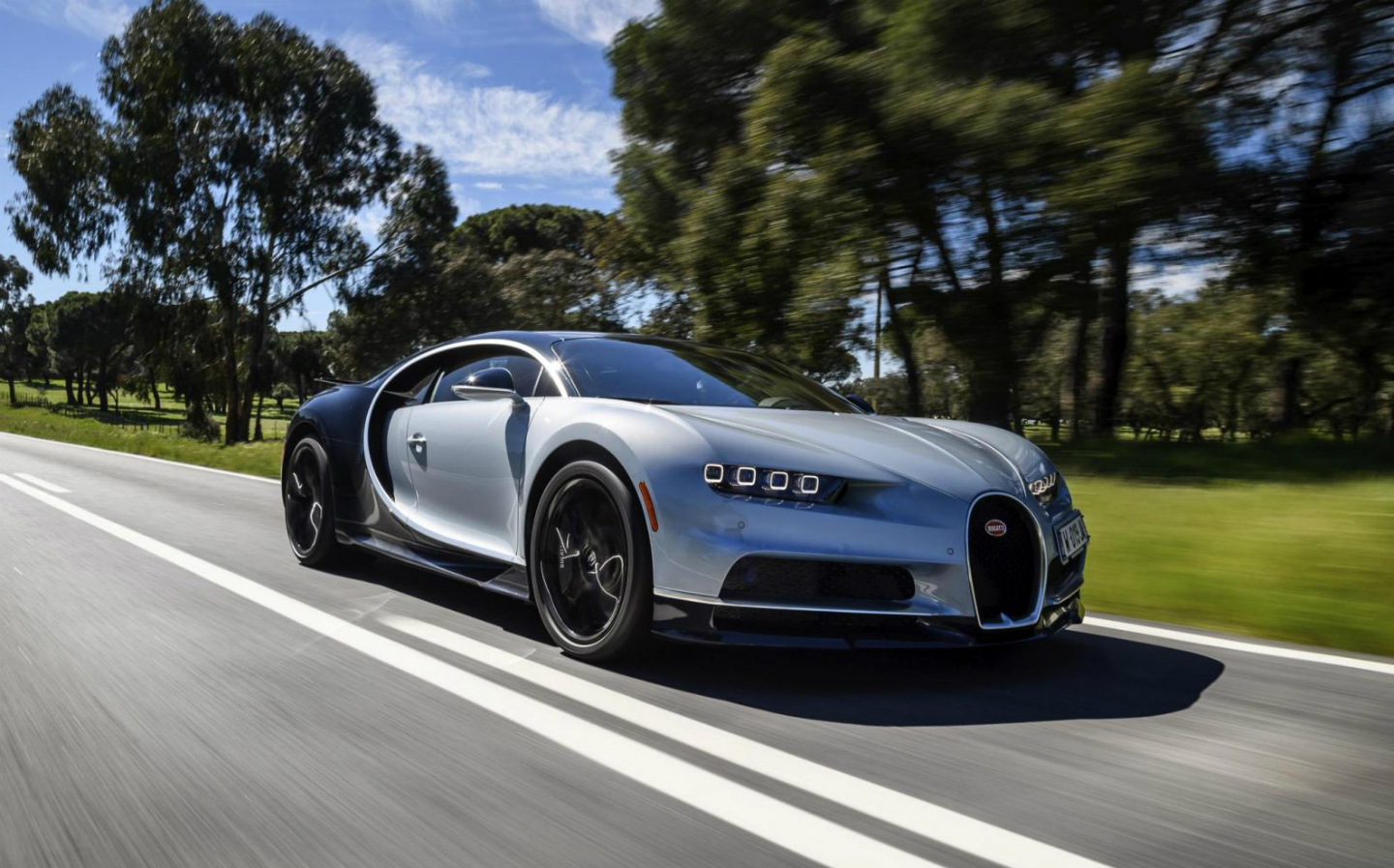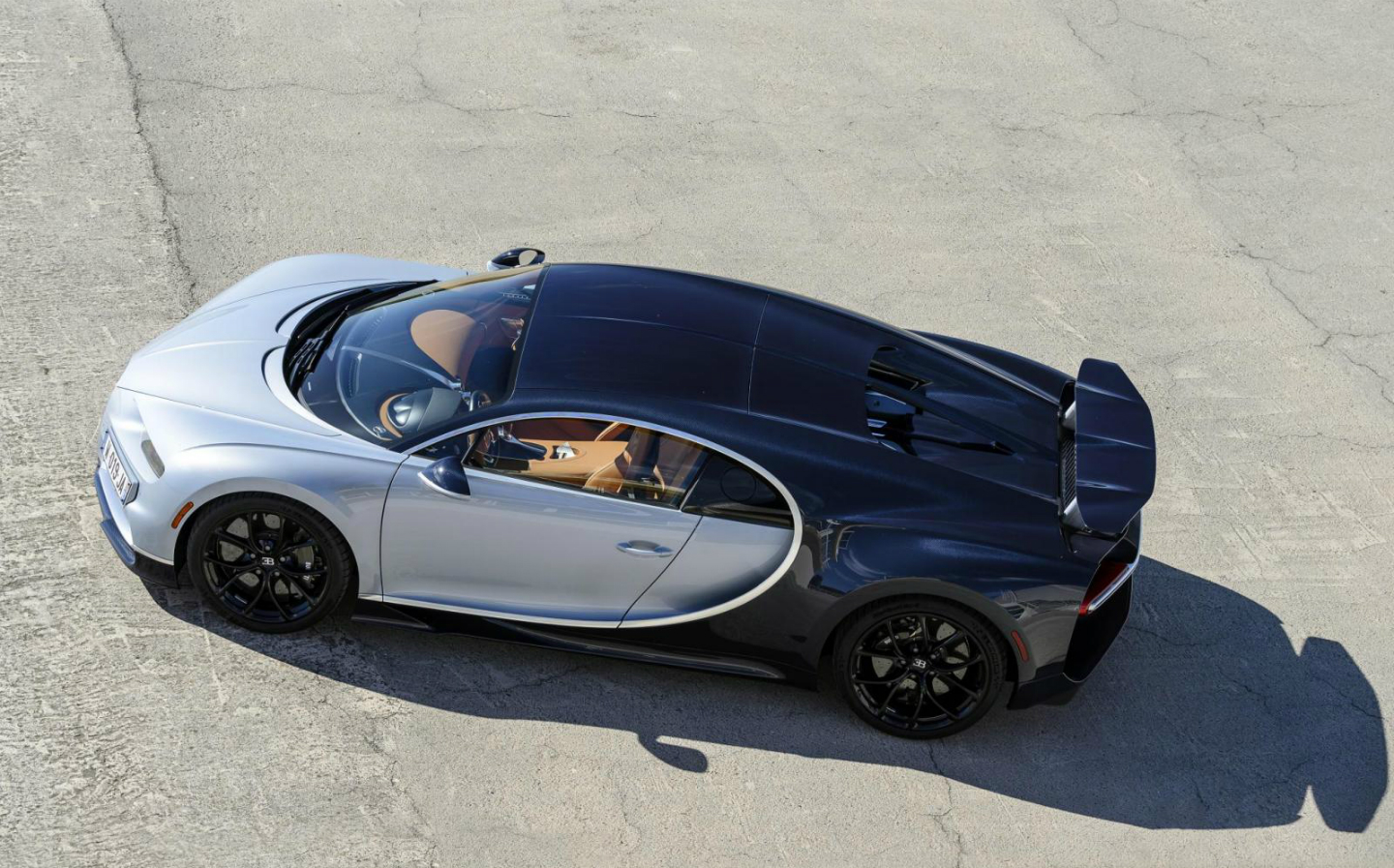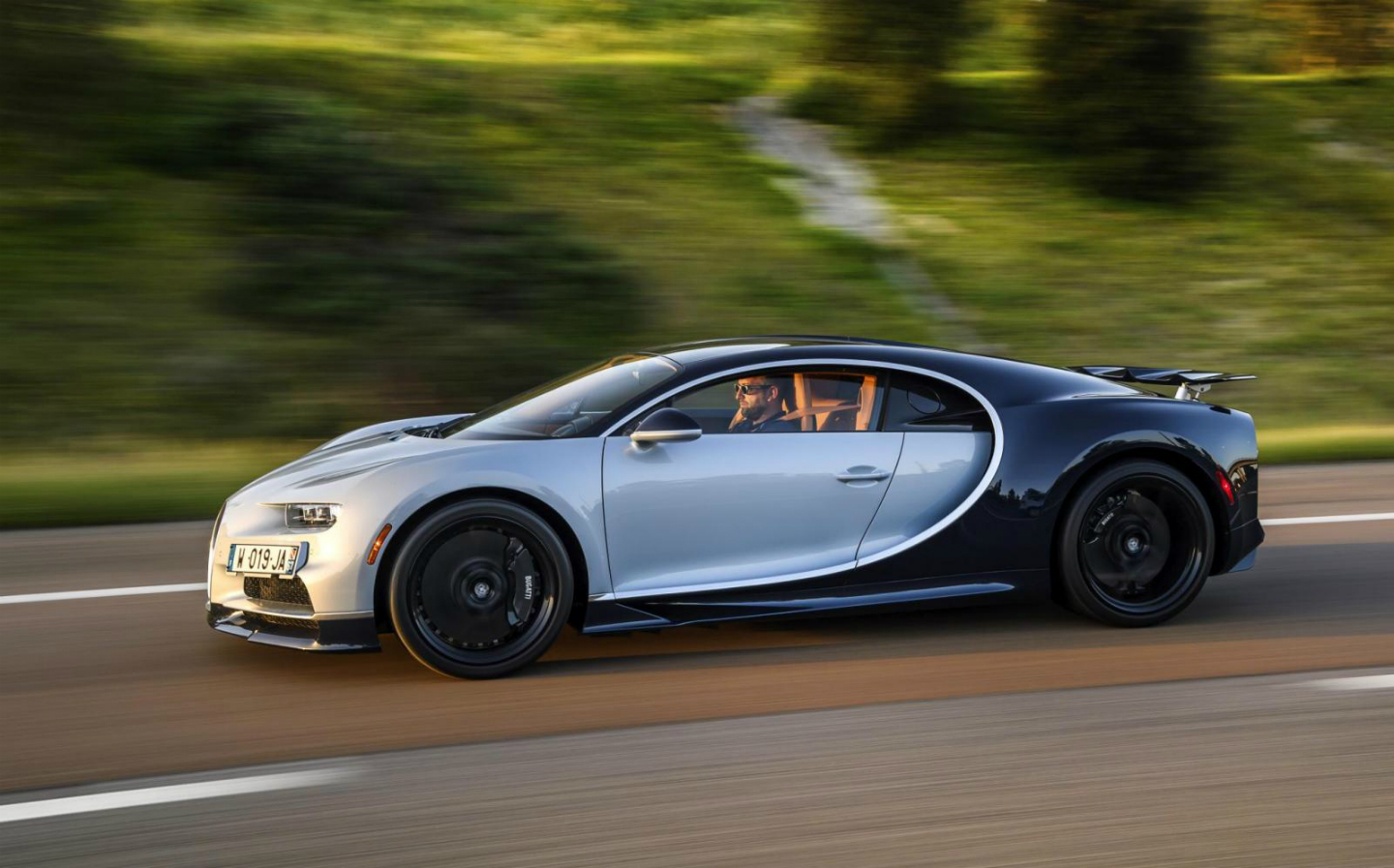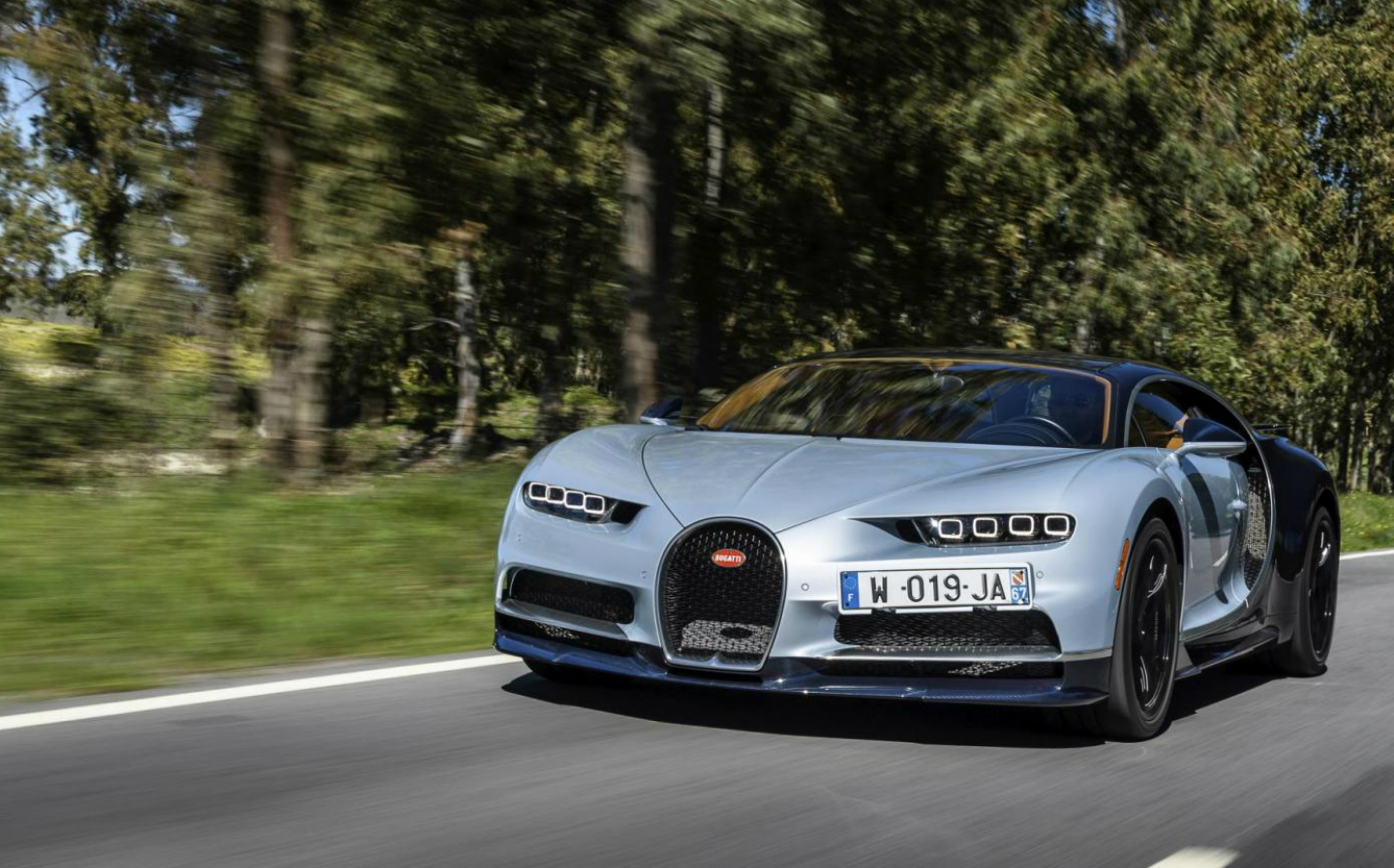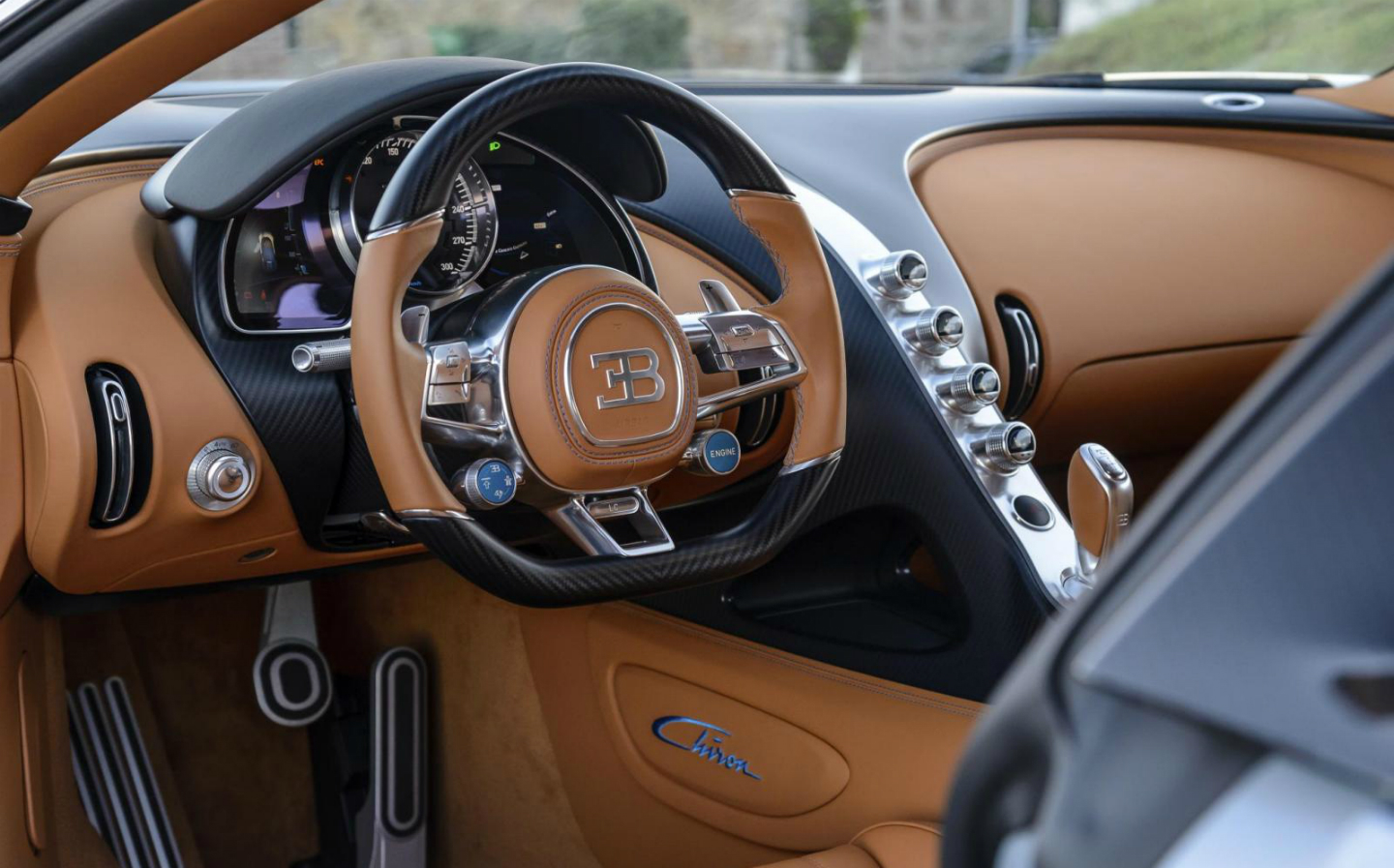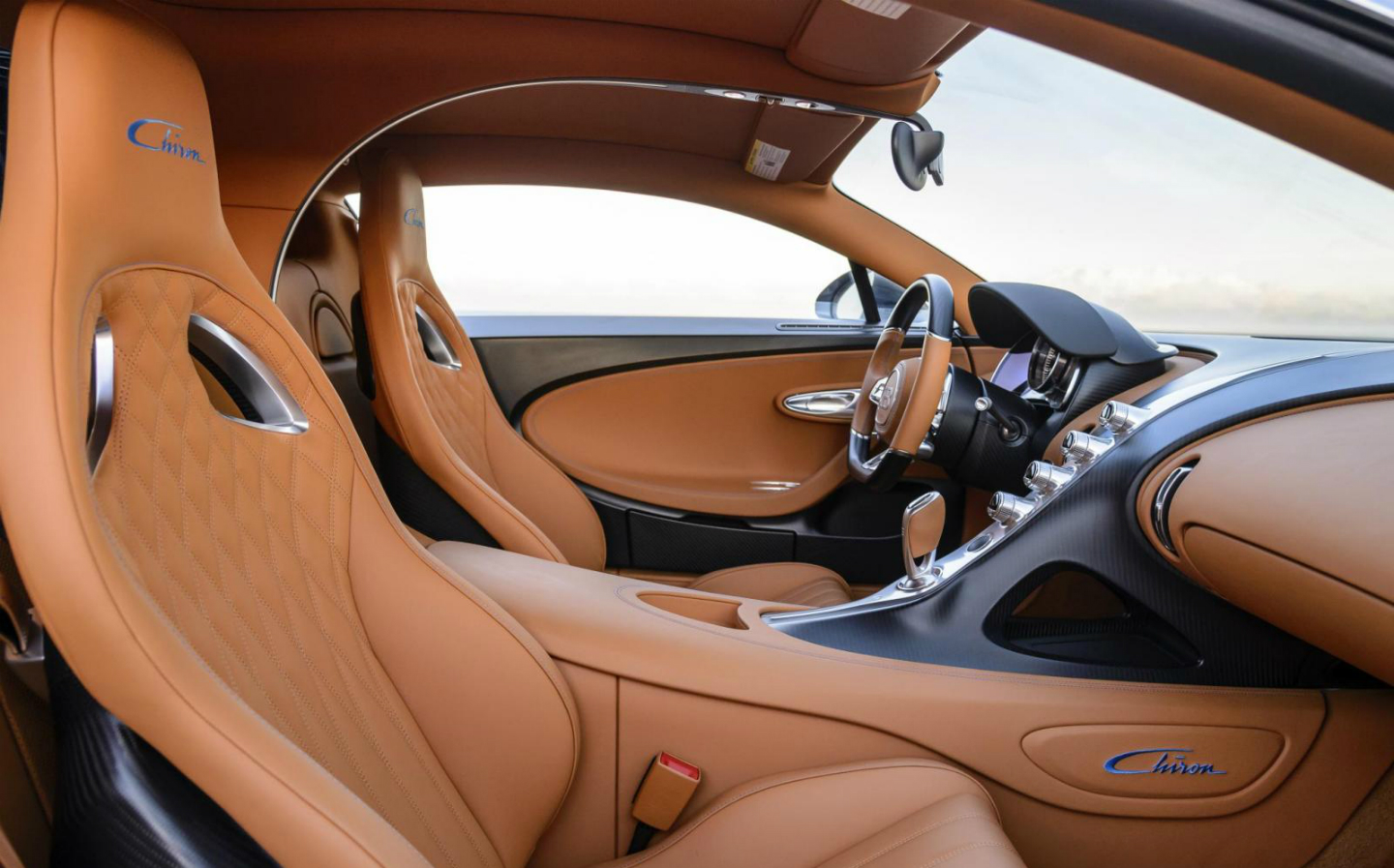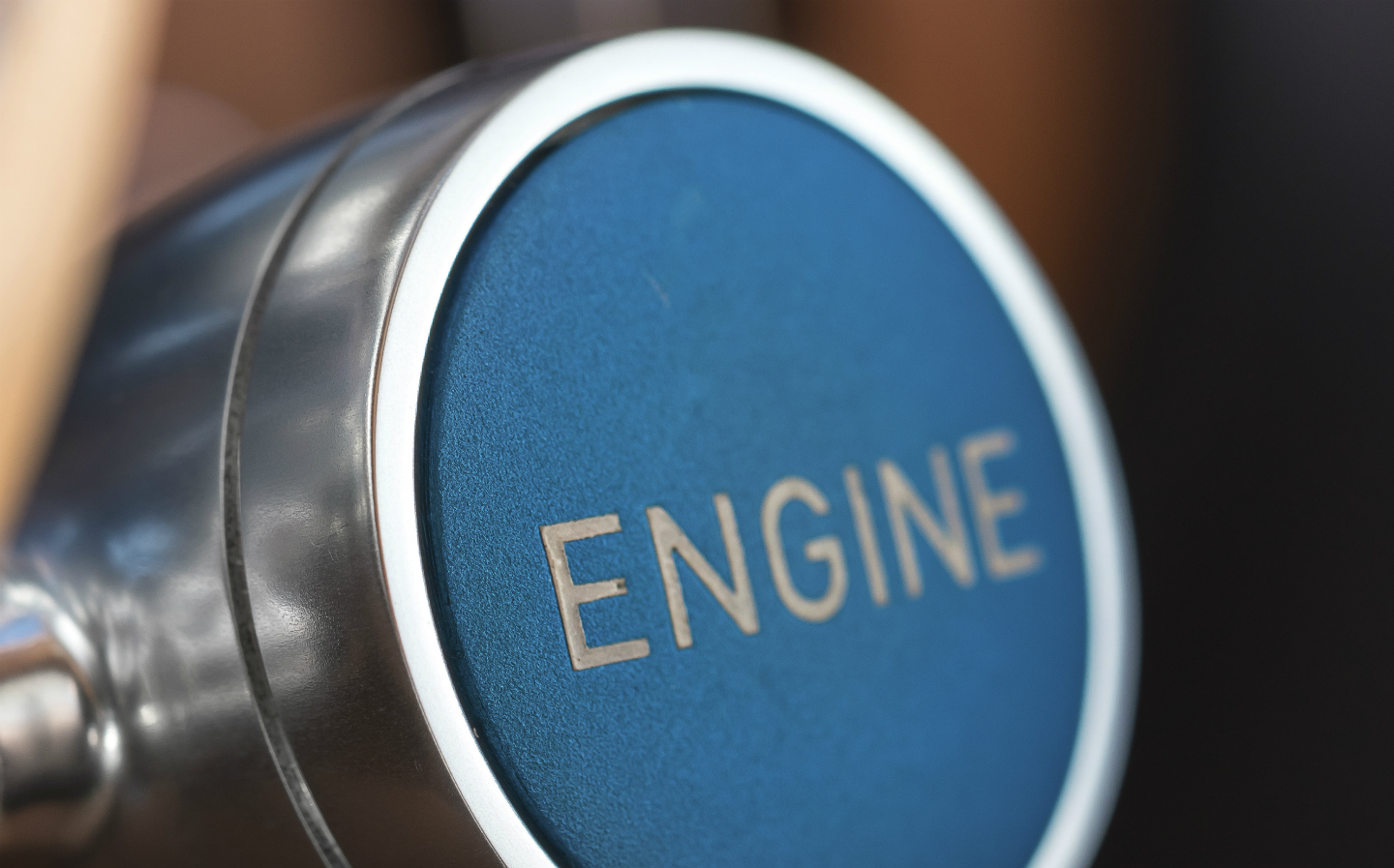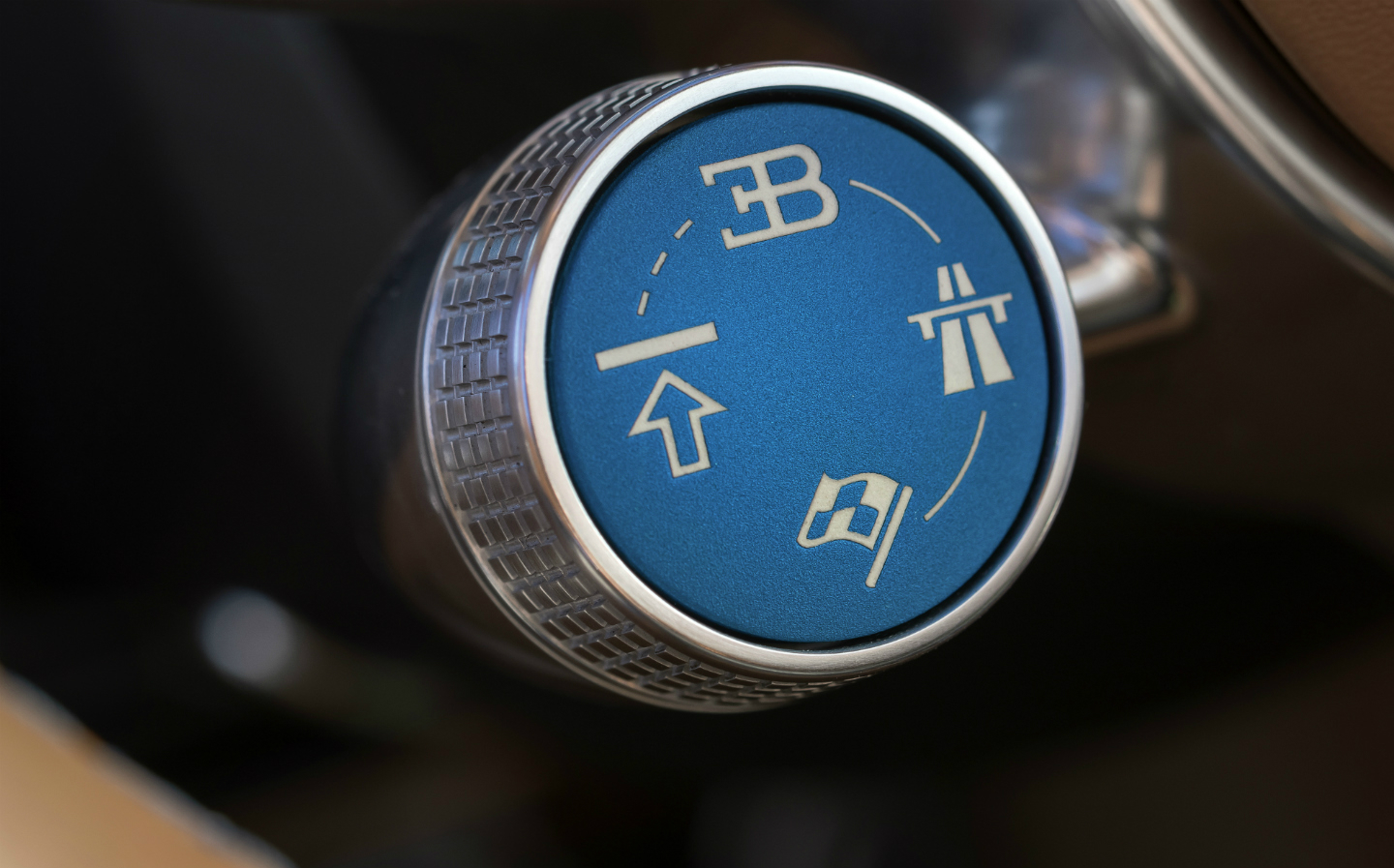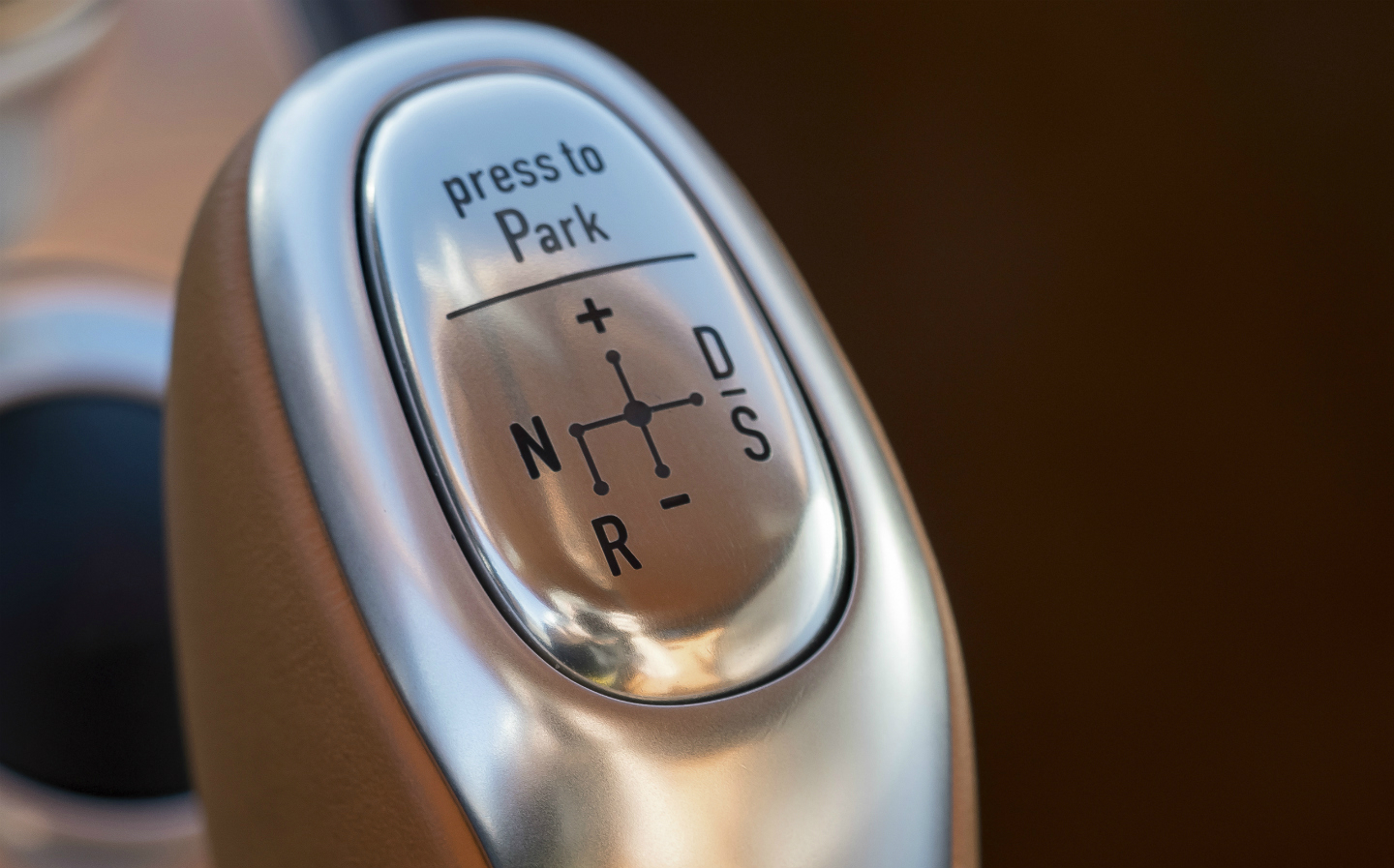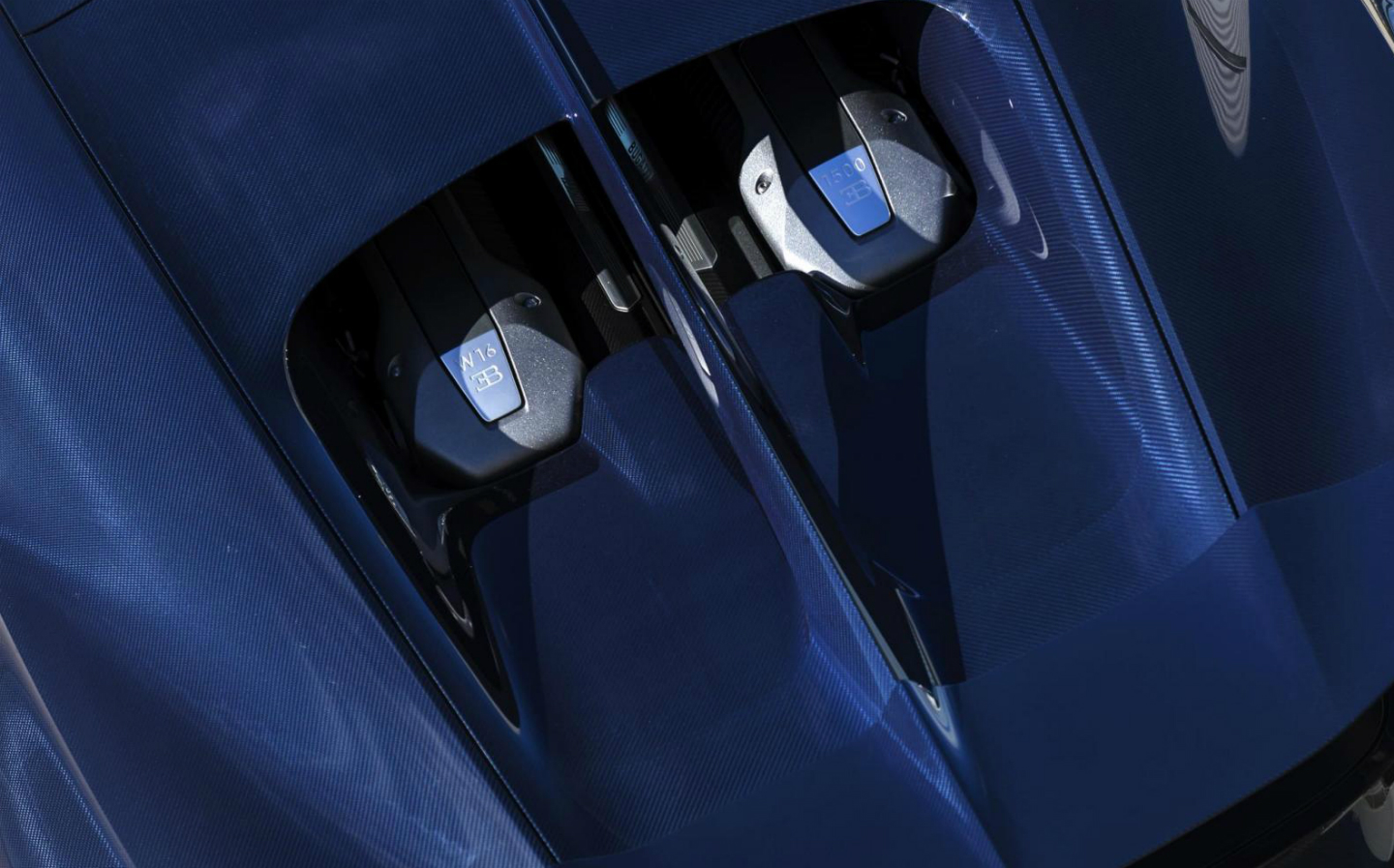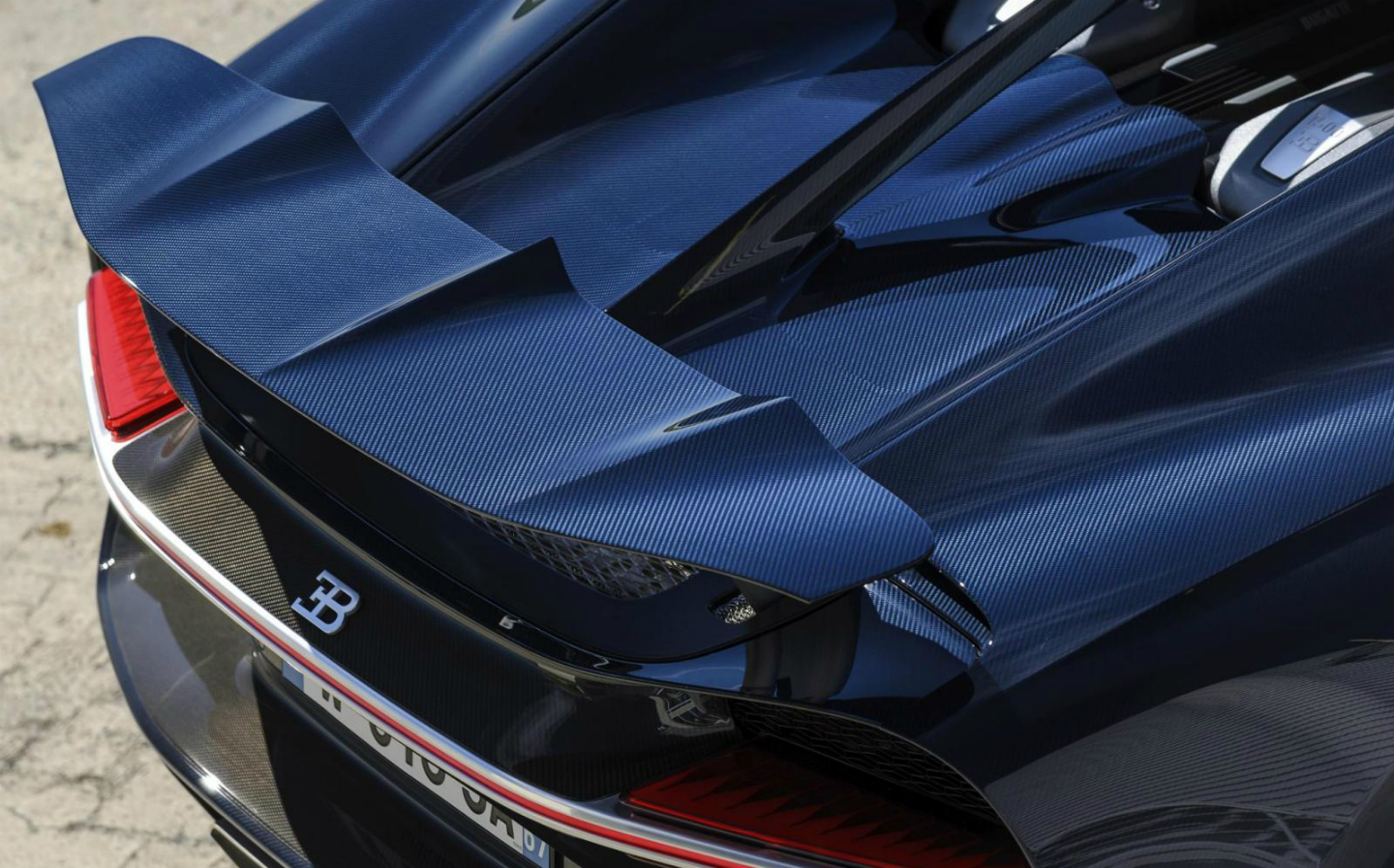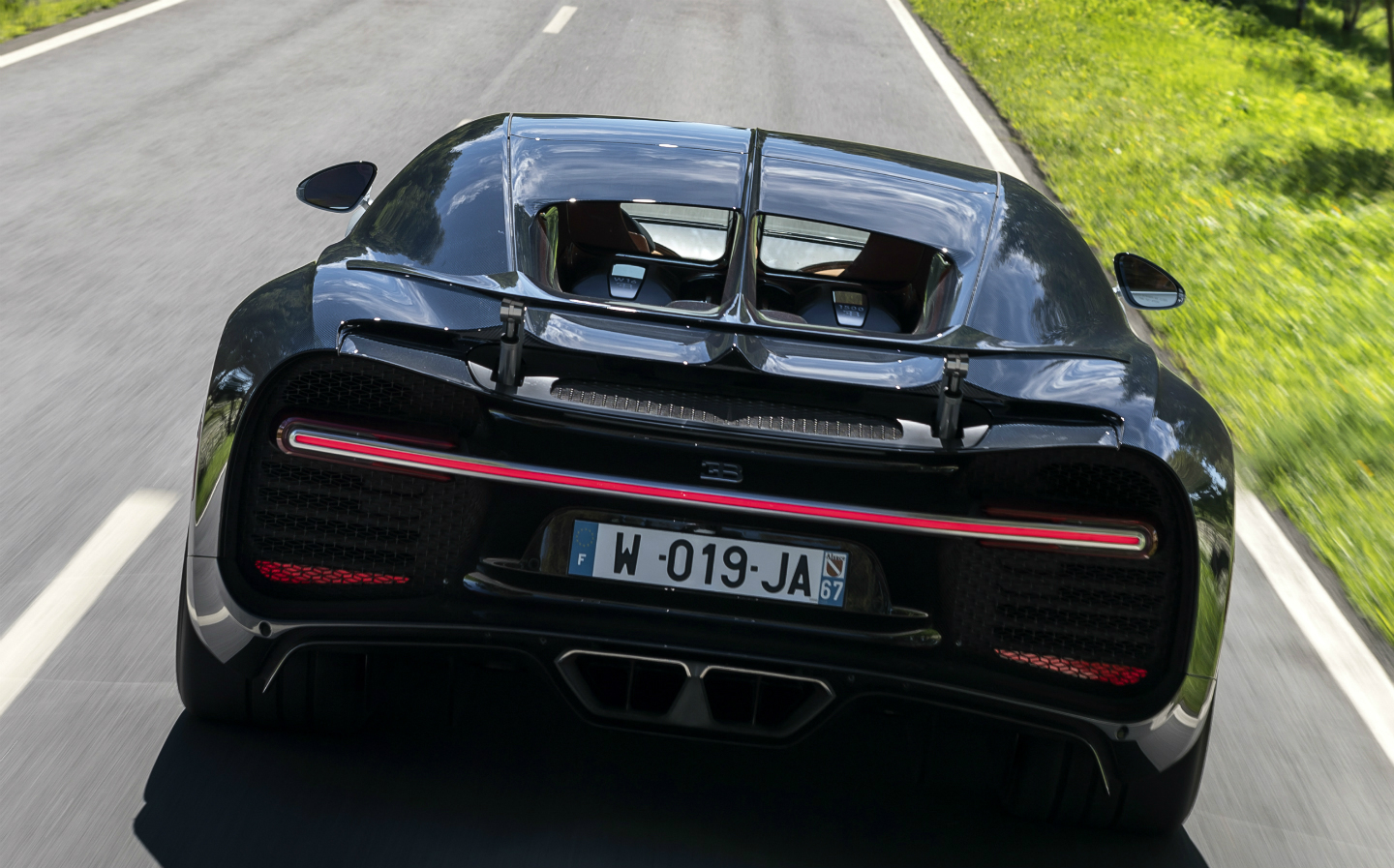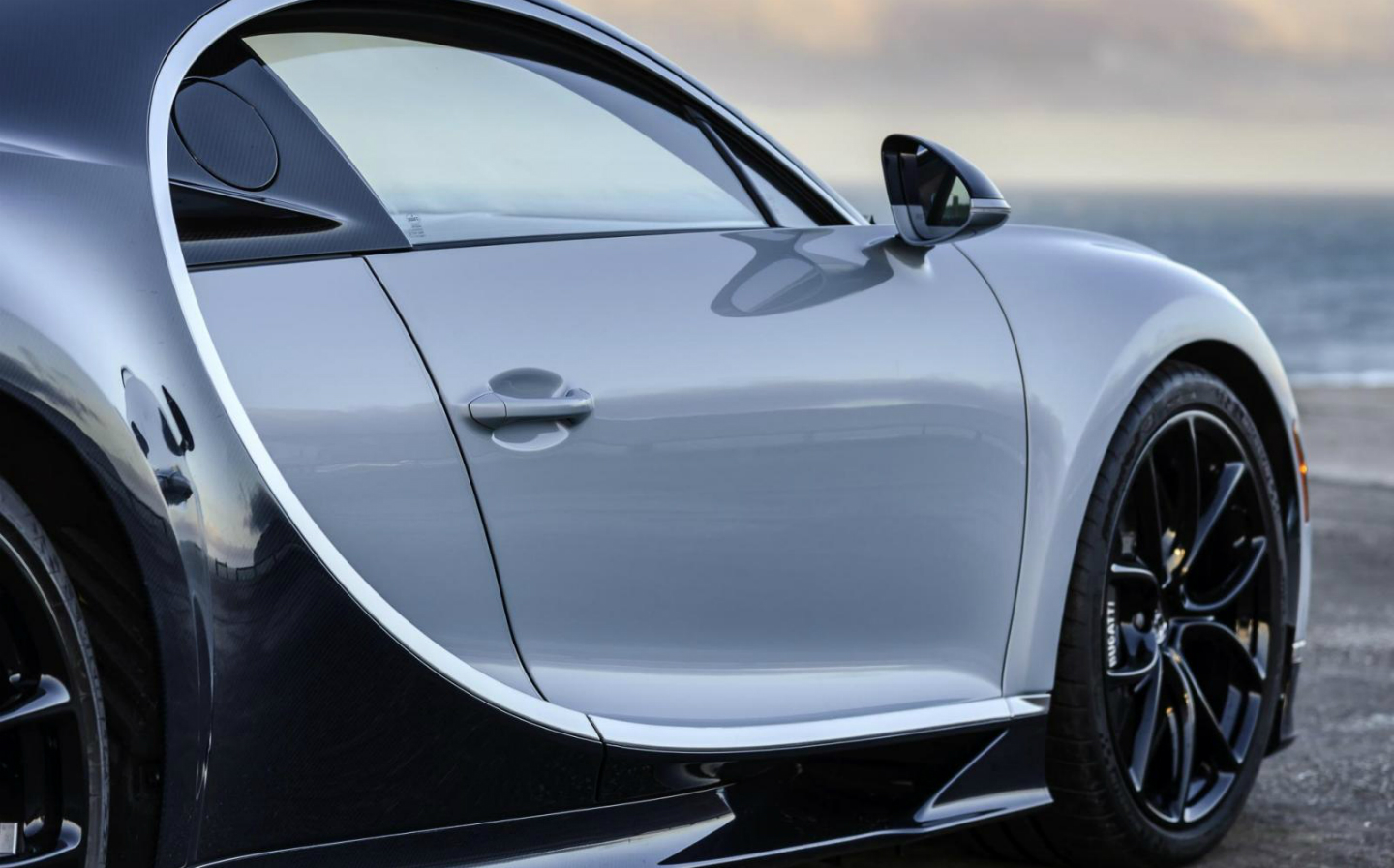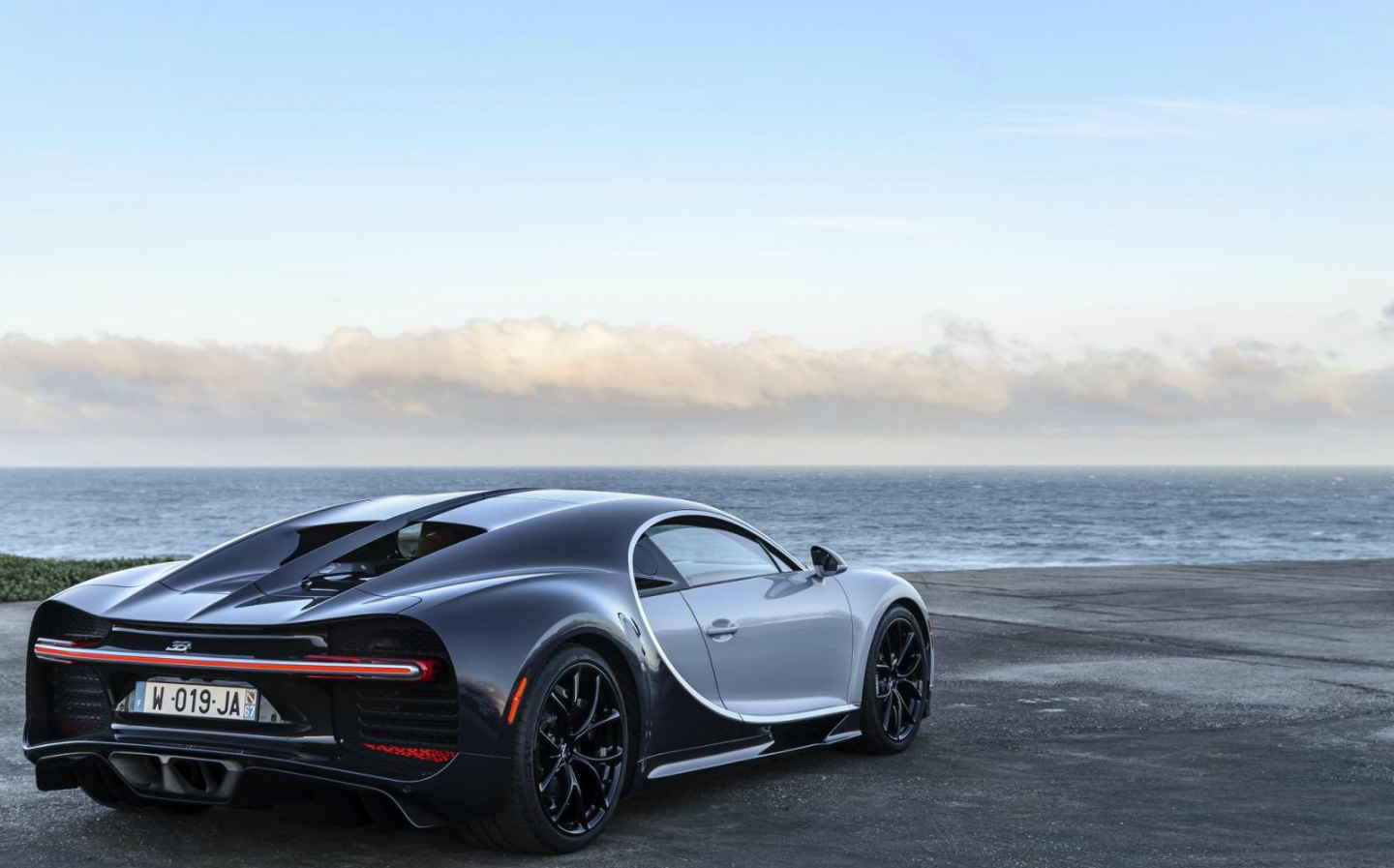First Drive review: Bugatti Chiron
Approaching warp speed
THERE IS a moment driving the new Bugatti Chiron when you appreciate precisely what it is that the world’s wealthiest individuals are paying for. And that moment happens the first time you floor the throttle and feel the 8-litre, W16 engine passing 3,800rpm.
Before this point, only two of its gigantic turbochargers, which are roughly the same size as your head, are helping force air through the sixteen combustion chambers. At 3,800rpm, a bypass valve opens and two more turbos gatecrash the party and you get an idea of how it must feel when a rogue wave hits a ship.
Where before it felt as quick as the fastest Ferrari, with all four turbos spinning the Chiron feels jet-fighter fast.
Browse NEW or USED cars for sale
“This is what you came for!” the engine seems to shout, as there is a small explosion of power and noise and the world starts to rush by as though Captain James T. Kirk has given the command for warp speed.
There is nothing remotely like it. Which is why, for the world’s wealthiest individuals who like nothing more than to indulge in a spot of one-upmanship, the Bugatti Chiron is worth every penny.
That’s a lot of pennies, by the way. The successor to the legendary Veyron 16.4, which was £810,000 in 2005, costs €2.4m plus taxes, or a shade over £2.5m in today’s money.
But money isn’t an object for the sort of people that will buy a Chiron; Bugatti says that they are typically spending £260,000 personalising theirs. That’s enough for a new Ferrari 812 Superfast.
The likelihood is, however, that they will already own all manner of Ferraris, and any other luxury car you care to mention. Veyron customers owned an average of 42 cars.
In the 12 years since it was launched, nothing has come close to even catching up with the Veyron
So far, half of the 500 Chirons that will be built have been sold. The expectation is that once reviews from a select group of the world’s most prestigious media hit the shelves and start trending on social media and fire up the forums, the task of selling this multi-million pound plaything will take care of itself.
When the Bugatti Veyron first turned a wheel, in 2005, and set its turbochargers whistling like a doodlebug dropping from the sky, it left the world shell-shocked.
The Veyron was a hypercar without peer. But getting to that point pushed everyone involved in the project to breaking point. Like supersonic flight, or putting man on the moon, the engineers had had to venture into unknown territory.
They needed to figure out how to cool a 1,001hp engine that was in the middle of the car, out of the airflow. A gearbox had to be designed that could handle more power than a Formula One car but last for a lifetime, rather than one race. And the tyres should be able to handle being spun at the equivalent to 3,800 times the force of gravity.
The result was a car so fast that, according to Jeremy Clarkson, it made France the size of a small coconut. In the 12 years since then, nothing has come close to even catching up with the Veyron.
Now Bugatti wants to go faster still, and has spent the last five years perfecting its new baby. Next Spring, there will be an attempt to set a new Guinness World Record for the top speed of a production car. The Veyron Super Sport achieved 267.8mph in 2010.
How much faster might the Chiron go? Its electronically ‘limited’ top speed is 261mph. But the bets are on that the Chiron will top 280mph.
To achieve such feats, the W16 engine has been heavily reworked, with a lighter crankshaft, stronger, titanium conrods for the pistons and exhaust system, and a cooling system that can pump 800 litres of water through the engine every minute. At that rate of flow, a bath would be filled to the brim in 11 seconds.
These are merely tinkering compared to the main change: four huge turbochargers, which help generate an additional 500hp over the original Veyron – nearly as much as the engine in a Porsche 911 Turbo.
It takes the motor’s total power output to a comical 1,500hp – or 1,479bhp. Getting to that point reduced grown men to tears, apparently. But their achievements are celebrated by stamping ‘1500’ on the top of the engine, which is uncovered and visible to the crowds that will gather at the petrol station.
To contain this pent-up energy, there’s a new generation carbon fibre monocoque, claimed to be stiffer than an LMP1 Le Mans racing car. The new Michelin tyres (at £10,000 for four, half the price of the Veyron’s run-flat items) had to be proved safe on a testing rig used for aircraft tyres. The larger brake callipers have pistons made from titanium.
That’s just for starters. New suspension with adaptive dampers and active aerodynamics adapt according to five driving modes and the speed of the car. And in a sign that Bugatti wants the Chiron to be as fun to drive on an Alpine pass as it is impressive to power along a deserted autobahn, the four-wheel drive system has been programmed with an “easy to drift” feature, addressing criticisms of the Veyron’s handling, which, understandably, erred on the side of caution.
Before driving the Chiron, I asked Wolfgang Dürheimer, the man in charge at Bugatti, if it’s noticeably faster than its predecessor. “It smokes the Veyron,” he said. He has raced the two side by side, from a rolling start, and says the Veyron “is a postage stamp in Chiron’s rear-view mirror” by the end of the five-mile straight at Volkswagen’s Ehra-Lessein test track.
I suggest Bugatti is going to need to build a bigger test track for whatever will be the Chiron’s replacement. He thinks I’m serious, and agrees, solemnly.
The Chiron sticks with a proven analogue speedometer. Why? Because when children peer through the windows, they’ll be able to see that it winds all the way around to 310mph
This is a more exciting looking car than the Veyron, one that should do the job of rankling fellow superyacht owners in Monaco harbour. The lower nose, menacing looking headlamps and broader shoulders give it a more muscular appearance, like Daniel Craig in a dinner jacket.
The interior shows off the car’s carbon fibre construction, with acres of the stuff on the centre console, dashboard, doors and steering wheel. The seats are comfortable, as is the driving position, and with relatively slender A-pillars it’s a relief to find the view of the road ahead is better any family car.
While most cars move to all-digital instruments, the Chiron deliberately sticks with a proven analogue speedometer. Why? Because when children peer through the windows, they’ll be able to see that it winds all the way around to 500km/h (310mph).
Despite all this talk of mind-warping power and eye-watering performance, the first impression is that even a grandparent could drive the Chiron to Eastbourne for a day by the seaside. At everyday speeds, it is no more challenging than a Nissan Micra.
The light steering, smooth brake pedal and seamless automatic gearbox make the tiger feel like a pussycat.
Potholes, cobbled roads and speedbumps are all shrugged off by the suspension, as are wayward cambers in the road.
It’s impressive stuff. But it’s only when you find an open stretch of road, free from other traffic, that you get your money’s worth.
Obviously, any car with this much power will be “I think I’ve just had a small accident in my trousers” fast. The Veyron had considerably less power and weighed more than the Chiron, and that car could set eyeballs spinning in their sockets.
But the clever trick with the Chiron is that it’s so docile and measured when pottering around. The throttle, steering and brake pedal all have the sort of perfectly measured, linear progression that lets a driver get to know a car without beads of sweat forming across their brow.
Nothing, however, can prepare you for the first time you pin the throttle pedal to the floor.
The W16 (16 cylinders in a “W” configuration) slams you back into the driver’s seat and the world starts to pass by in a blur. Then, at 3,800rpm, you experience the ‘hyperdrive’ moment. There’s a small explosion of noise, another kick from the engine as the second pair of turbochargers are effectively switched on by a bypass valve, and the Chiron knocks the wind out of you.
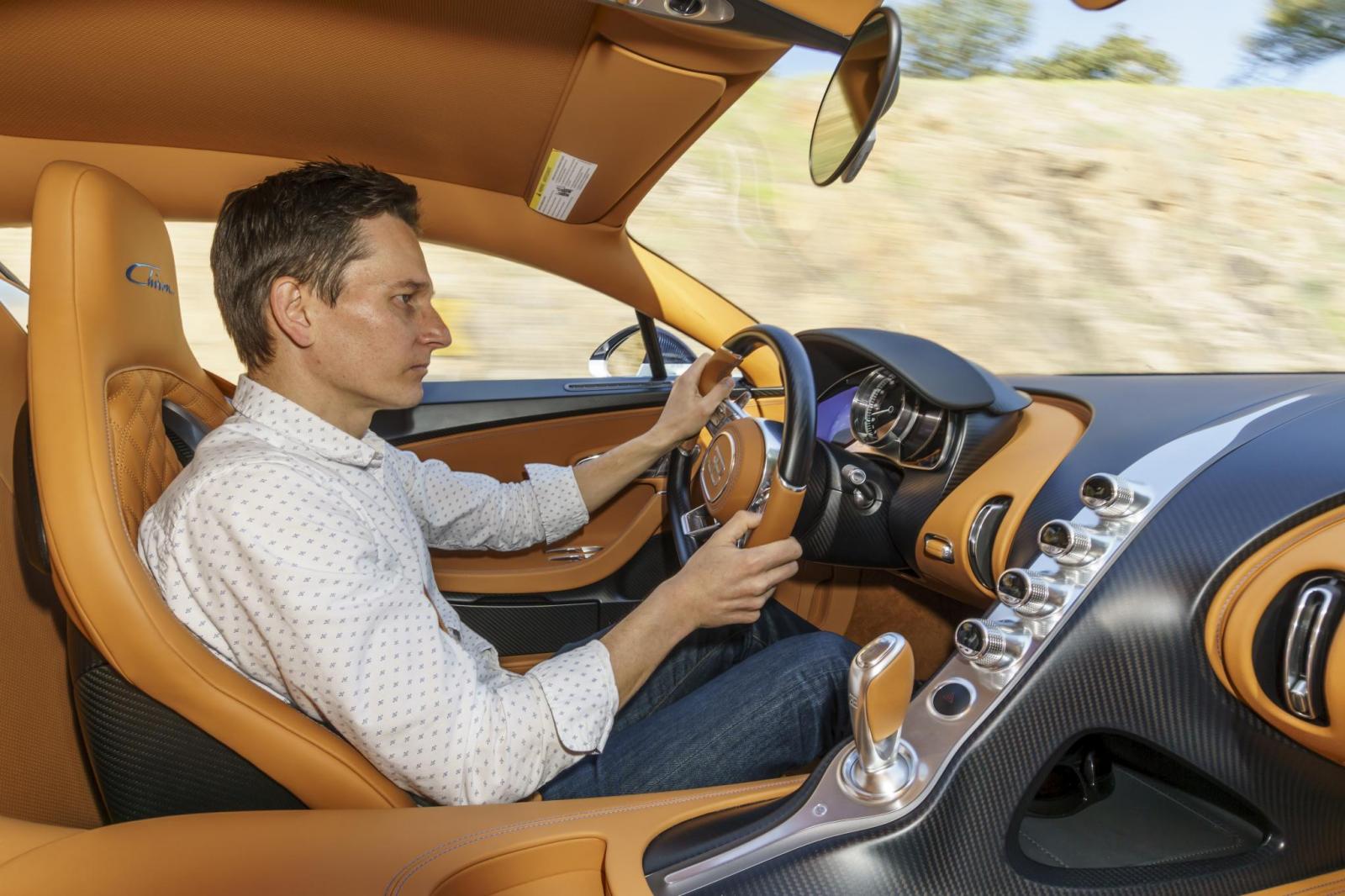
From this point, regardless of the gear selected, the Chiron is capable of manipulating the skin on your face. There is a grotesque helping of torque, with 1,180 lb ft from just 2,000rpm — more than twice that of a Porsche 911 Turbo S.
This is the true measure of muscle power, and it’s what gives the car its character. Squeeze the throttle through just half of its travel and you will surge past slower traffic like Valentino Rossi on a superbike at full throttle.
The Chiron is able to power to 200mph in what feels like as much time as it takes to sneeze. At such speeds, it’s as stable as a nuclear bunker.
Yet the eerie thing is that it’s only just getting warmed up. This is where the Chiron laughs in the face of cars from Aston, Ferrari, Lamborghini, McLaren and Porsche. Their fastest machines start running out of puff beyond 200mph. Whereas this one is just getting into its stride.
Bugatti claims it can accelerate from 0-62mph in under 2.5 seconds, reach 124mph in less than 6.5 seconds (the time it takes a Golf GTI to reach 62mph) and hit 186mph in under 13.6 seconds.
At everyday speeds, it is no more challenging than a Nissan Micra
Lifting off the throttle above 112mph, the rear spoiler changes its angle to act as an air brake. So even without touching the brake pedal, there is noticeable deceleration, akin to lifting off the throttle in an electric car as the motors turn into generators and recover energy to the battery.
Switching to the winding roads outside Lisbon, and respecting all local laws, the Chiron continues to leave your mind boggling. Select the ‘Handling’ mode and the car hunkers down, the steering weights up and you can feel a surprising degree of information about how the tyres are coping with the demands of delivering 1,500hp to the road surface.
It’s composed, planted and feels smaller and more agile than a two tonne, 8-litre machine has any right to. But no matter how long the straights between bends are, they’ll pass by in the blink of an eye. So you’ll never feel more relieved than when you put the brakes to the test, which perform an emergency stop from extreme speeds without a hint of drama.
Pulling over to catch our breath and take photos, the rear spoiler remains raised on its hydraulically powered aluminium legs. Passersby might think the driver’s showing off, but there’s a legitimate reason for leaving the ironing-board wing in the air: it keeps ventilation duct above the exhaust muffler clear, which throws out heat like a white-hot barbeque.
In fact, every aspect of the Chiron’s bodywork has been designed to achieve just two things: cool the engine, so it doesn’t explode at 261mph, and pin the car to the ground, preventing unintended skyward acceleration above 200mph.
There wasn’t the opportunity to test the Chiron’s top speed or spend time with it on a racing circuit. It also comes at a price. But for the world’s wealthiest drivers it will be a price worth paying, and the Chiron has done more than enough to leave us in awe. With it, Bugatti has taken another giant leap forward, showing what man and machine are capable of achieving.
More significantly, it seems the company has built a machine that makes a Veyron feel like it’s got its shoelaces tied together.
Warp speed approaching: 20 mind-blowing facts about the 2016 Bugatti Chiron supercar


